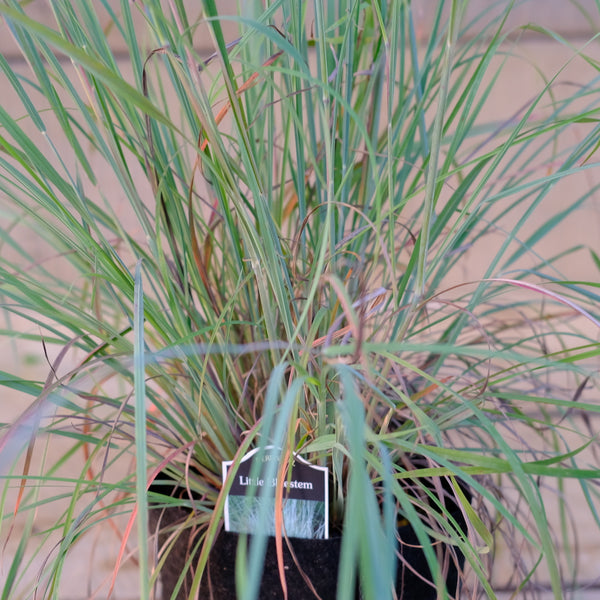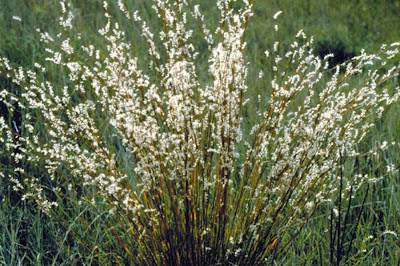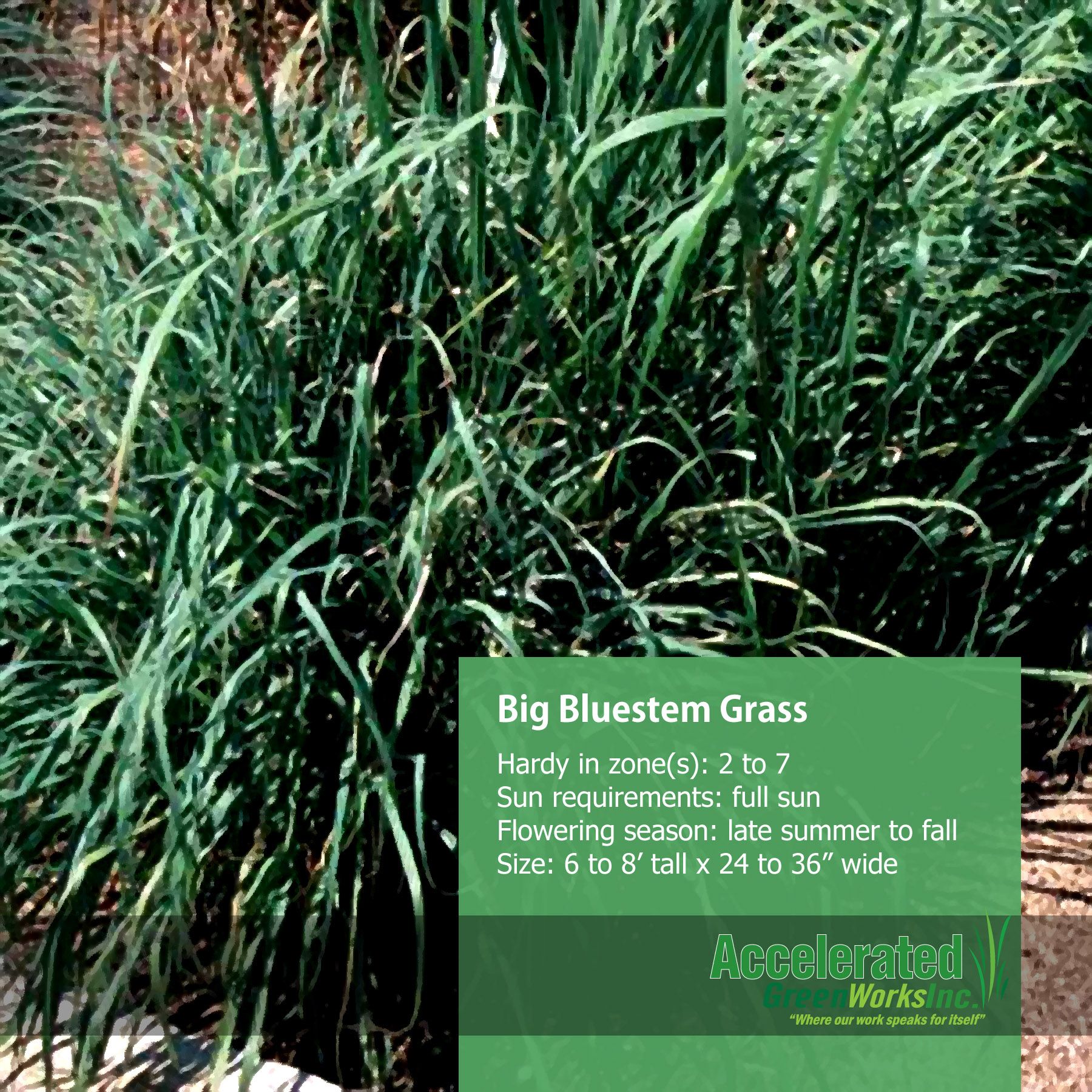

Lean to average soils are best, as too much fertility will cause the plants to be more open and weak in habit. This plant is not fussy about soils and tolerates a wide range of soil conditions, including dry soils.
#Planting blue stem grass full#
#Planting blue stem grass free#
Perfect for providing height and color to the garden, Big Bluestem is drought tolerant, requires very little care, is virtually disease and pest free and provides months of interest. Flowering stems rise in late summer above the foliage bearing purplish 3-parted, finger-like flower clusters, resembling turkey feet (hence the common name). It tends to go dormant without moisture, so the best appearance is preserved with weekly watering, especially those plants in containers.īluestem grass is a remarkably adaptable and attractive addition to the home landscape as long as you are aware of its invasive potential.Appealing in most seasons, Andropogon gerardii 'Blackhawks' (Big Bluestem) is a warm season perennial grass forming an upright clump of stems with flattened leaves which emerge deep green to dark purple in spring and deepen to near black. The plant needs supplemental water in early establishment stages, but thereafter is quite self-sufficient except in severe drought.

It needs no nitrogen application the first year, but in subsequent years will benefit from a high nitrogen fertilizer application in spring. Sow the seed in spring or plant plugs for quicker establishment.

There are no serious pest or disease threats to little bluestem plants. In container situations, this means you will need to divide the plant annually to prevent overcrowding and the take-over of the container. The plants also grow side shoots which can be divided from the parent and transplanted. The only way to prevent this is to cut off the seed heads before they mature, but this reduces some of the visual appeal. In the fall it the fall it forms small brushlike seed pods - for those looking for a true North American native this grass originates from the midwestern prairie. It is excellent for border planting, background and as individual accent plants. The seeds establish easily after spring rains wash them into the soil, which means the unwary gardener may find little bluestem in lawns and other areas where it is not wanted. This native prairie grass is prized for its upright sea-blue stalks with hints of pink.

The grass’s fluffy seed heads are an added attraction to this colorful plant but they freely disperse in wind and, when disrupted, send floating seeds to all corners of the garden. Considerations when growing little bluestem grass Seeds and plugs make growing little bluestem grass in the landscape easy, and they are available where wild plants are sold. It is a forage grass in native regions for wild grazers and other animals. The leaves are flat with slightly hairy bases and tend to roll up at maturity. It prefers warm regions where there are rocky outcrops or dry gritty soil but is also found as transition material between cultivated land and forest. Its color deepens to rusty mahogany in fall and the clumps persist through much of the winter unless crushed by snow. This 3 foot (1 m.) tall bunchgrass grows a foot (31 cm.) in diameter. As an added bonus, songbirds and gamebirds enjoy the seeds and it provides cover for foraging wildlife. Growing little bluestem grass in the landscape as an ornamental foliage plant provides a dimensional and architectural foil for broad leaved and flowering plants. It is a perennial warm-season grass with pretty bluish green color followed by rust colored fall foliage and fluffy white seed heads. Schizachyrium scoparium is the botanical name for little bluestem plant. Read on for little bluestem information so you can decide if this interesting plant is right for your landscape. It is a prolific self-seeder and can become invasive with little bluestem in lawns a major competitor to traditional turf grass. It is found in many types of soil but is particularly adapted to well-drained, nearly infertile soil which makes it an excellent erosion barrier. Little bluestem plant is a native grass to North America.


 0 kommentar(er)
0 kommentar(er)
